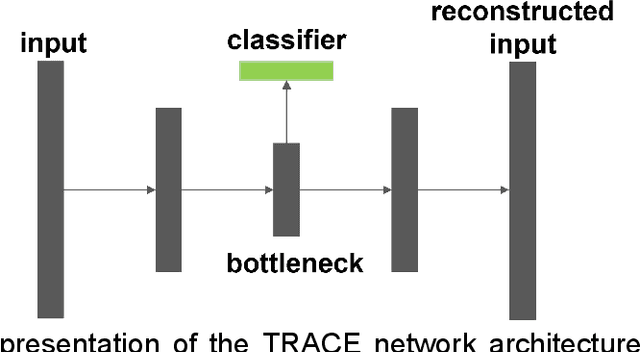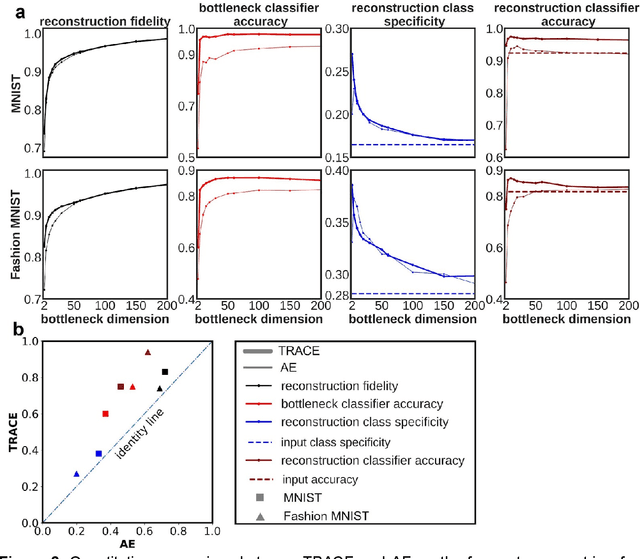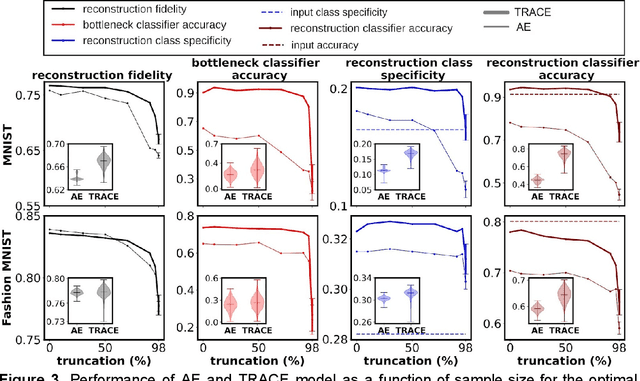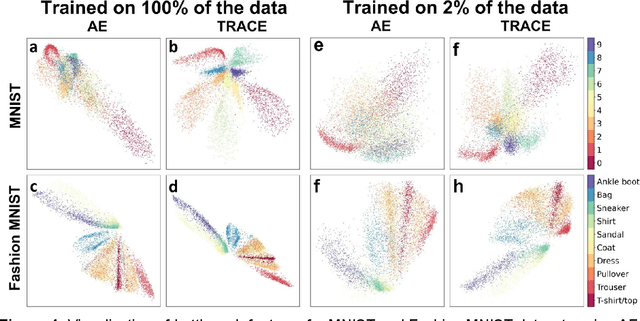Brian Odegaard
Internal World Models as Imagination Networks in Cognitive Agents
Oct 05, 2025Abstract:What is the computational objective of imagination? While classical interpretations suggest imagination is useful for maximizing rewards, recent findings challenge this view. In this study, we propose that imagination serves to access an internal world model (IWM) and use psychological network analysis to explore IWMs in humans and large language models (LLMs). Specifically, we assessed imagination vividness ratings using two questionnaires and constructed imagination networks from these reports. Imagination networks from human groups showed correlations between different centrality measures, including expected influence, strength, and closeness. However, imagination networks from LLMs showed a lack of clustering and lower correlations between centrality measures under different prompts and conversational memory conditions. Together, these results indicate a lack of similarity between IWMs in human and LLM agents. Overall, our study offers a novel method for comparing internally-generated representations in humans and AI, providing insights for developing human-like imagination in artificial intelligence.
"Task-relevant autoencoding" enhances machine learning for human neuroscience
Aug 17, 2022



Abstract:In human neuroscience, machine learning can help reveal lower-dimensional neural representations relevant to subjects' behavior. However, state-of-the-art models typically require large datasets to train, so are prone to overfitting on human neuroimaging data that often possess few samples but many input dimensions. Here, we capitalized on the fact that the features we seek in human neuroscience are precisely those relevant to subjects' behavior. We thus developed a Task-Relevant Autoencoder via Classifier Enhancement (TRACE), and tested its ability to extract behaviorally-relevant, separable representations compared to a standard autoencoder for two severely truncated machine learning datasets. We then evaluated both models on fMRI data where subjects observed animals and objects. TRACE outperformed both the autoencoder and raw inputs nearly unilaterally, showing up to 30% increased classification accuracy and up to threefold improvement in discovering "cleaner", task-relevant representations. These results showcase TRACE's potential for a wide variety of data related to human behavior.
 Add to Chrome
Add to Chrome Add to Firefox
Add to Firefox Add to Edge
Add to Edge